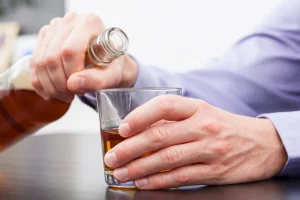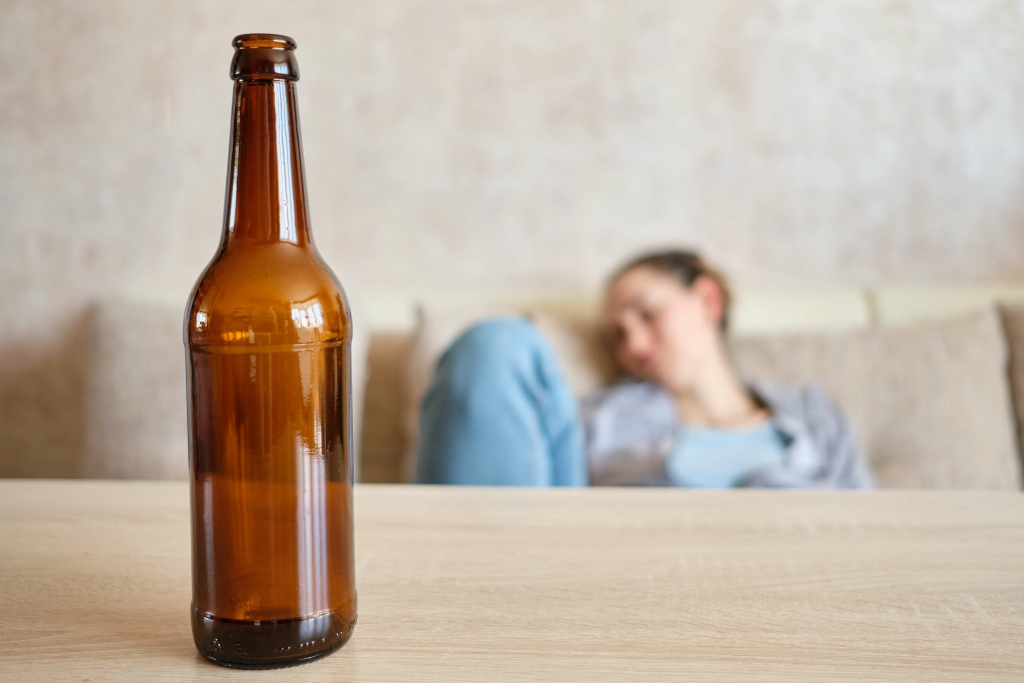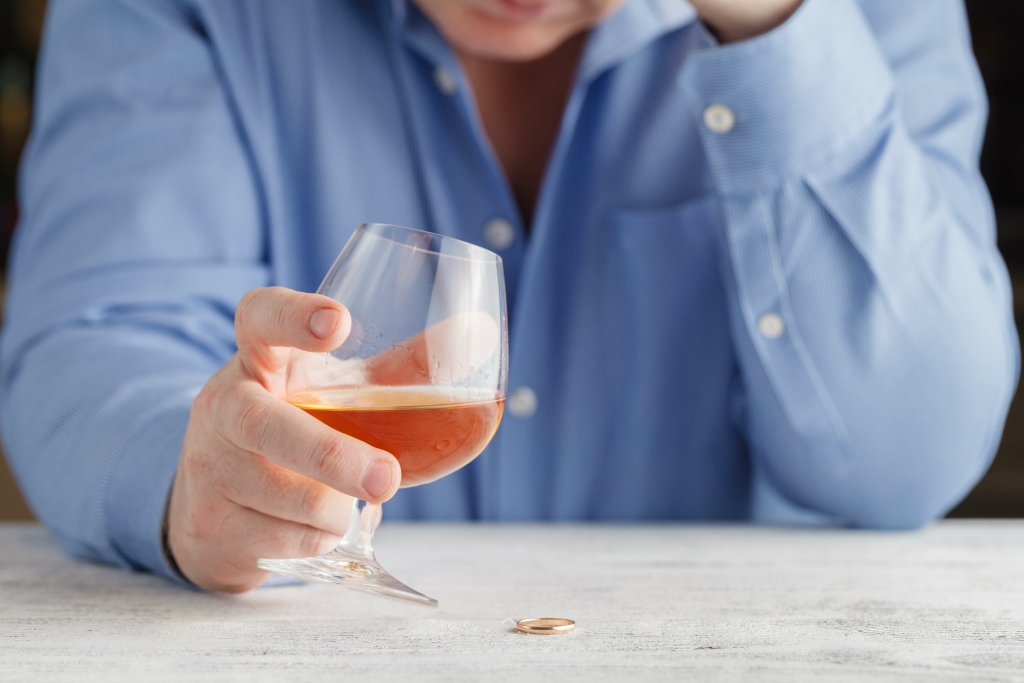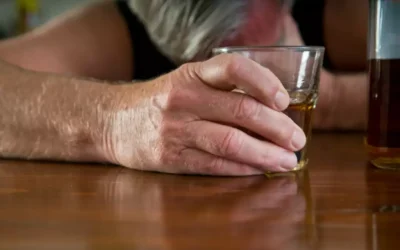For example, alcohol may disrupt the NF-κB function, thereby reducing the expression of NF-κB–regulated adhesion molecules and ultimately decreasing the inflammatory process of atherosclerotic lesions.
Special Health Reports
Too many episodes of tachycardia could lead to more serious issues like heart failure or going into irregular rhythms, which can cause heart attack and stroke. Normally, a balance exists between the compounds involved in blood clot formation and dissolution (i.e., fibrinolysis). The principal physiologic inhibitor, plasminogen activator inhibitor type-1 (PAI-1), terminates the fibrinolytic process.
- The associations between drinking and CV diseases such as hypertension, coronary heart disease, stroke, peripheral arterial disease, and cardiomyopathy have been studied extensively and are outlined in this review.
- An alternative path to explore is the evaluation of the impact of alcohol consumption policy measures, in which pre- and post-intervention data in an interrupted time series analysis can be compared without using randomization [80, 81].
- More contemporary studies have not found evidence of mitochondrial injury in biopsy samples from long-term alcohol drinkers (Miró et al. 2000).
Alcohol’s Effects on Platelet Function in Blood Clot Formation
There’s a way to have a healthy, balanced relationship with alcohol that lets you enjoy a drink occasionally and celebrate with friends and family. But your heart is an important organ that should also be cared for, so be sure to drink in moderation, learn about binge drinking and know what your body can (and can’t) tolerate before opening that tab. For example, some people who are on cholesterol-lowering medicines may experience muscle aches when they drink alcohol.
Skeletal and Muscle Systems
Psychologically, however, many people feel low in mood after they’re discharged home, especially following open heart surgery. If you have alcoholic cardiomyopathy, a simple guide to mescaline stopping drinking can lead to improvement or even recovery for many. There is also no drink, such as red wine or beer, that can be proven ‘better’ than another.
Alcohol abuse also can cause rapid and chaotic heartbeats to occur in the upper chambers of the heart (i.e., atrial fibrillation), although numerous other risk factors (e.g., age, hypertension, CAD, and diseases of the heart valves) can precipitate this condition as well. Most cases of atrial fibrillation are caused by factors other than alcohol, but one study reported that the majority of emergency room patients with atrial fibrillation had a history of alcohol abuse (Rich et al. 1985). As mentioned earlier, it has been suggested that the modulation of oxidative biomarkers could depend on the type of beverage consumed (Table 1). The evidence available at the time of a review by Covas et al. could not suggest that sustained wine consumption provided further antioxidant benefits in healthy individuals, but rather counteracted its own possible pro-oxidative effect. Nonetheless, the antioxidant effect of wine intake could be protective in oxidative stress situations [35].
Despite the plausibility of this evidence, the duration of most RCTs has been 4 to 8 weeks, and effects over longer time periods on hard outcomes are therefore uncertain. The meta-analysis of RCTs on reduction of alcohol consumption on blood pressure included four trials with a duration of 1 year or longer, and these results were in line with the overall meta-analysis [62]. These longer trials suggest feasibility of a longer term RCT on hard outcomes to resolve the ongoing debate about effects of light to moderate alcohol consumption on CVD. Despite this, a recent effort to conduct such a long-term trial—the Moderate Alcohol and Cardiovascular Health trial (MACH15)—seemed feasible, but was terminated prematurely by the US National Institutes of Health, which funded the trial [7, 65]. Does some alcohol consumption protect some people against ischaemic diseases to some degree?
Moderate alcohol consumption has also shown to reduce low-density lipoprotein cholesterol, fibrinogen levels, Interleukin-6, HbA1c and fasting insulin concentrations in various studies [59•, 61]. A meta-analysis of RCTs up to 2017 performed in people with diabetes showed no effect of moderate alcohol consumption during 4 to 104 weeks on HbA1c or blood glucose [63], although the longest such study to date identified a benefit specifically among those with slow ethanol metabolism [8]. Altogether, these studies provide plausible underlying mechanisms not only for the observed risk reduction of myocardial infarction with moderate alcohol consumption, but also for increased risks of other cardiovascular outcomes such as heart failure or stroke. Controversy remains regarding the effects of moderate alcohol consumption on CVDs. A lower risk of coronary heart disease and myocardial infarction among moderate drinkers compared to abstainers has been reported in observational studies and was confirmed in the latest meta-analyses.
But it’s important to make sure those nights of overindulgence are the exception and not the rule. If you’re not sure, make a note to tune into how much you’re having over the course of the next month or so. If it’s more than recommended, try to consciously pace your drinking to help reduce the spike in your blood pressure that excessive alcohol causes.
Ultimately, we emphasize that alcohol is consumed by half of the world’s population, and to date, there is a nearly complete lack of causal evidence on its long-term effects. Therefore, obtaining highest level of evidence—in an appropriate way—is in everyone’s benefit. To argue otherwise is to leave patients, physicians and public health professionals in a state of artificially engineered ignorance. Numerous epidemiological studies have established an association between chronic alcohol consumption and hypertension independent of other risk factors such as obesity and smoking, and their results have been summarized previously (Beilin and Puddey 1992; Klatsky 1995; Camargo and Rimm 1996). This association has been observed with alcohol consumption in excess of two drinks per day and described in white, black, and Asian men and women who reported daily intake of three or more drinks (see, for example, Klatsky 1995).
Some adverse BP-related mechanisms that may be triggered by alcohol include changes in intracellular calcium levels, baroreflex control, and heart rate and activation of other neurohormonal systems besides the RAAS, such as the sympathetic nervous system (Marchi et al. 2014). Holiday can you smoke shrooms read this before you do heart syndrome can happen if you don’t typically drink alcohol, but then have a few at a holiday party or if you binge drink. This can cause you to develop an irregular heartbeat, called atrial fibrillation, which can increase your risk of stroke, heart attack and heart failure.
You probably already know that excessive drinking can affect you in more ways than one. Drinking can elevate your pulse, which isn’t a concern for most healthy adults, though those with heart rhythm problems should use caution. One unit of alcohol is around 8g, which is 56kcal or the equivalent calories of one custard cream. Your drink or mixer may also have added sugars, increasing the number of calories it contains. Sign up to our fortnightly Heart Matters newsletter to receive healthy recipes, new activity ideas, and expert tips for managing your health.
In a recent review, Wakabayashi investigated the relationship between platelet count and alcohol intake in 6508 middle-aged men who were either non-drinkers or drank less than 66 g/day. He described that there was no significant correlation between these two variables and concluded that further studies are needed to evaluate this association in heavier drinkers [40]. BP, blood pressure; HDL-c, high-density lipoprotein cholesterol; HTA, hypertension; TG, triglycerides; T2D, type 2 diabetes. Drinking alcohol to excess can cause other serious health conditions, such as cardiomyopathy (where the heart muscle is damaged and can’t work as efficiently as it used to) and arrhythmias (abnormal heart rhythms).
An increase in triglyceride level is positively correlated with PAI-1 plasma levels, indicating a predisposition to thrombosis and atherogenesis (Reeder et al. 1996). Moderate alcohol consumption decreases fasting plasma concentrations of triglycerides, however, and a concomitant reduction in the level of PAI-1 could allow fibrinolytic activity to increase. Elevated triglyceride levels resulting from heavy alcohol consumption may further stimulate PAI-1 gene expression—especially in people with a genetic makeup particularly sensitive to PAI-1—resulting in the inhibition of fibrinolysis and thus increasing alcoholism rehab the risk for acute cardiac events. Evidence suggests that moderate alcohol consumption—i.e., less than 30 g of alcohol per day-may have beneficial effects on inflammation, diminishing pro-inflammatory markers (e.g., IL-6, CRP) and raising anti-inflammatory markers (e.g., IL-10). The protective effect of alcoholic beverages could be related to the type of drink and the amount of alcohol ingested, as well as their polyphenol content [6,42]. Investigators have used a variety of noninvasive tests to evaluate the acute effects of alcohol consumption on myocardial function and hemodynamics in healthy humans.
We will elaborate on the strengths and weaknesses of the different designs and offer new directions for research for the future. Animal models do not replicate human cardiomyopathy exactly, but they can provide insight into the mechanisms of alcohol-induced damage. The hearts of animals fed alcohol for several months exhibited depressed contractile function. For example, dogs fed alcohol for 1 year and rats fed alcohol for 8 months showed significant decreases in left ventricular function (Capasso et al. 1991).











